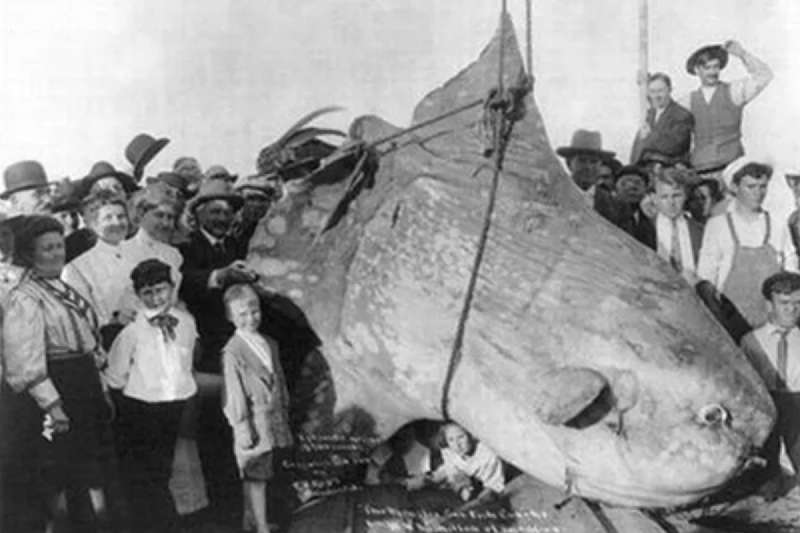St. Augustine Monster
St. The Augustine Monster was discovered in 1896 in St. Augustine, a large corpse thought to be the remains of a large octopus stranded off the coast of the United States. Sometimes referred to like Florida. St. The Augustine Monster is one of the oldest recorded sea monster specimens.
The corpse of this creature, which is among the sea monsters, was first seen on the evening of November 30, 1896, by two young men, Herbert Coles and Dunham Coretter, while cycling along Anastasia Island. The enormous mass was half-buried in the sand. Two young men, two years ago, a whale St. Augustine thought the body was the remains of a stranded whale due to a similar landing near the mouth of the Matanzas River, a few miles south of Augustine. The two friends went to St. Augustine and made his discoveries to Dr. Notified to DeWitt Webb. St. Webb, the founder of the Augustine Historical Society and the Institute of Science, came to the beach the next day, December 1, to study the ruins. He would be the only person with an academic background to see the example in place.
St. What Does the Augustine Monster Look Like?
The first impression of Webb, who came to the area to examine the body found, was the remains of a highly fragmented and developed animal. The corpse of the beast was very pale pink, almost white, with a silver reflection in the sunlight. It consisted of just a rubbery material, hard enough to cut with great difficulty. The visible part of the cadaver was 18 feet (about 6 meters) long and 7 feet (about 2 1⁄2 meters) wide. Webb estimated his weight at around 5 tons. He soon saw another arm buried. He believed it to be the remains of a giant octopus because all four arms were in the middle.
Photographing the Monster
On December 7, 1986, Webb found St. Augustine wanted his body to be photographed for generations to come. He signed with Edgar Van Horn and Ernest Howatt for this. At least two photographs were taken, one from the side and one from the front, showing visible arm roots. The images were never posted as they were overly exposed. These photographs were considered lost for a long time, and only drawings based on these photographs made by Alpheus Hyatt Verrill and published in American Naturalist in April 1897 were known. But one of the original side-shot images was found by Gary Mangiacopra in 1994. St. A simplified drawing of the Augustine Monster image was also featured at the Hartford Daily Running on February 18, 1897.

